| Structure | Name/CAS No. | Articles |
|---|---|---|
 |
Alizarin
CAS:72-48-0 |
|
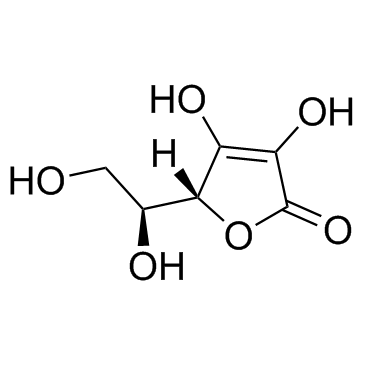 |
Ascorbic acid
CAS:50-81-7 |
|
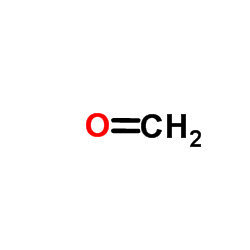 |
Formaldehyde
CAS:50-00-0 |
|
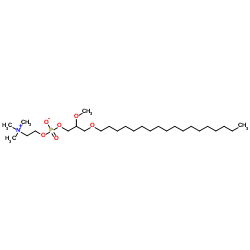 |
Edelfosine
CAS:70641-51-9 |
|
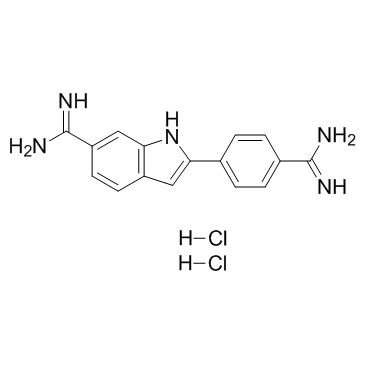 |
4',6-Diamidino-2-phenylindole dihydrochloride
CAS:28718-90-3 |
|
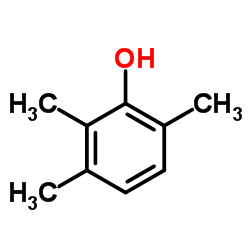 |
2,3,6-Trimethylphenol
CAS:2416-94-6 |